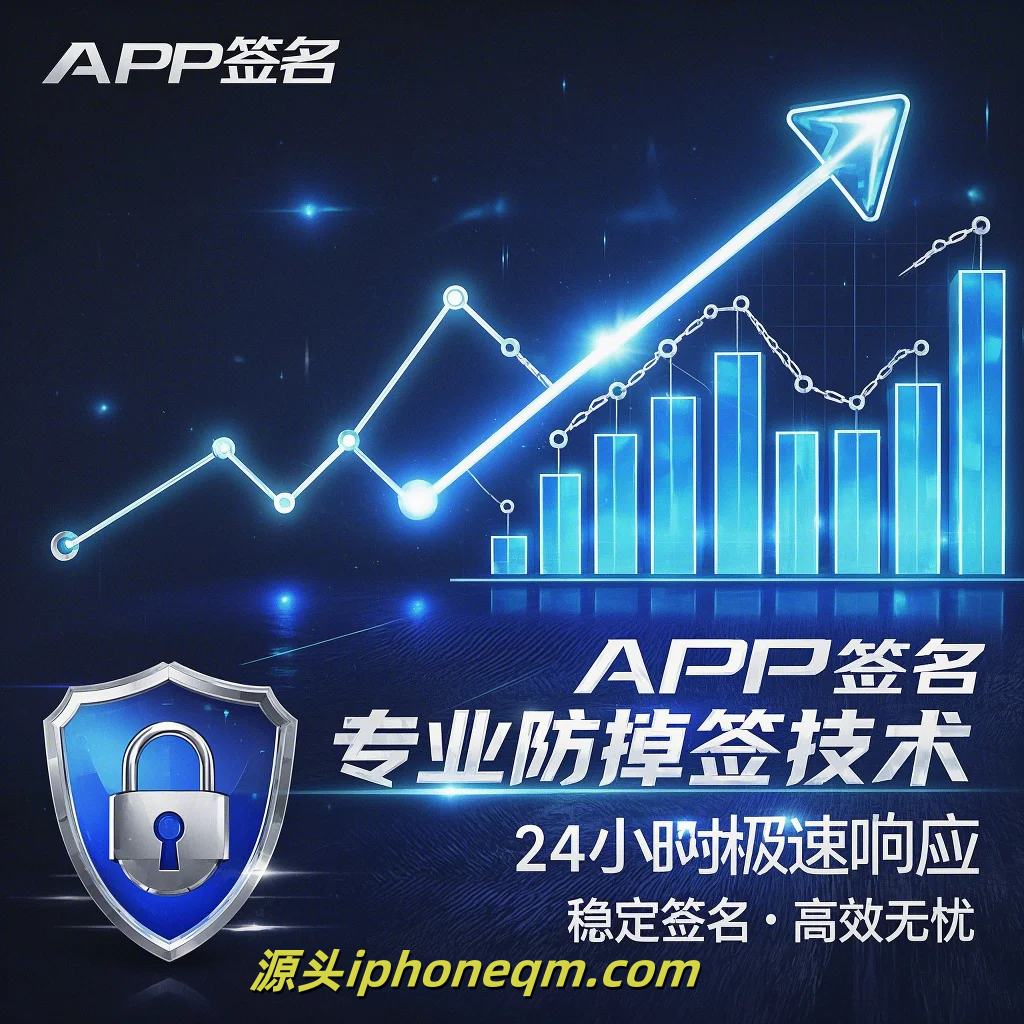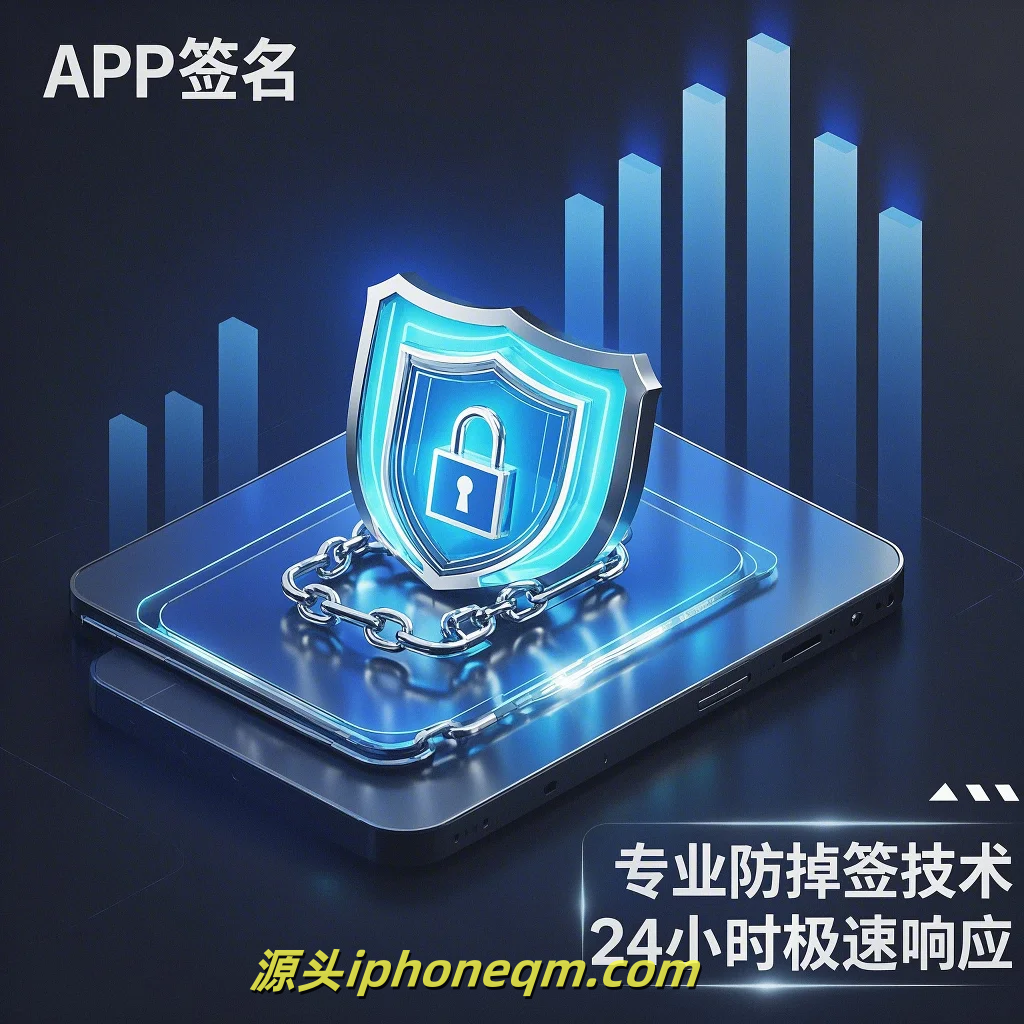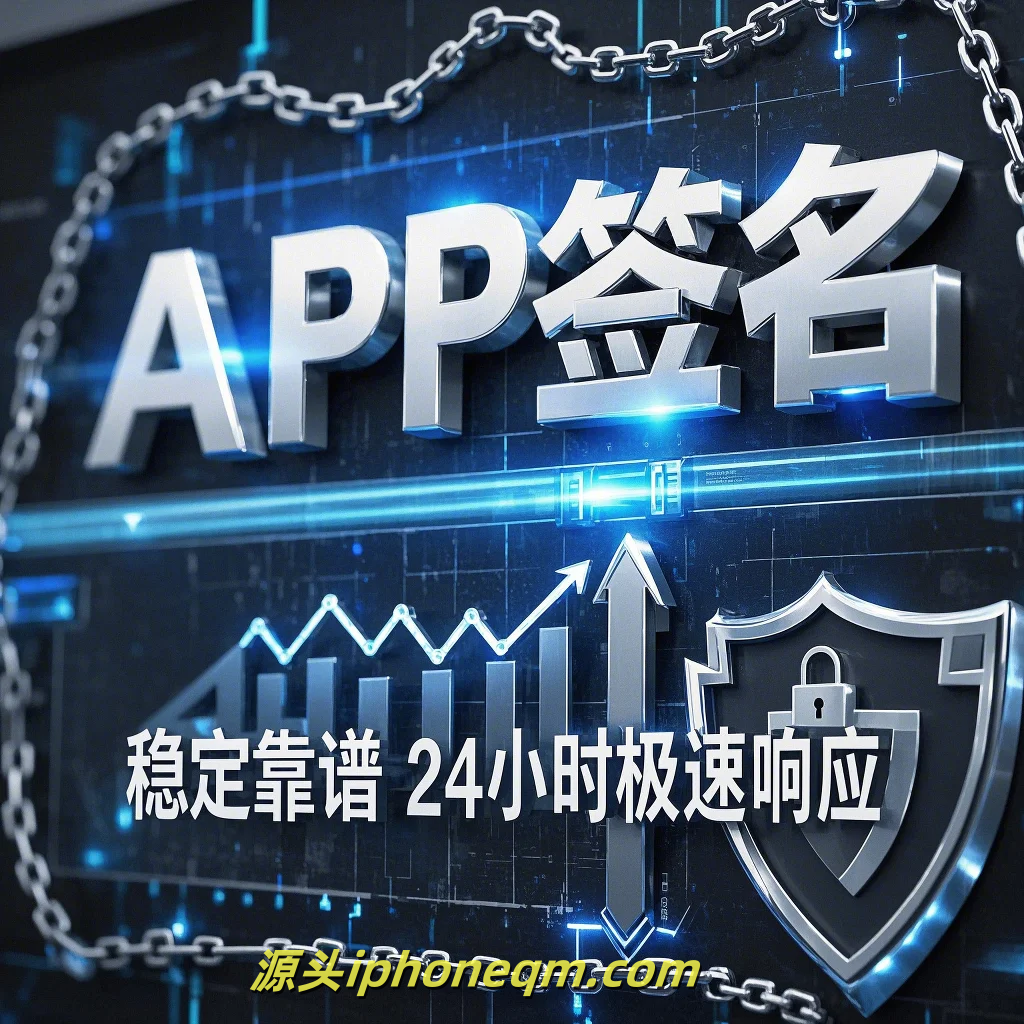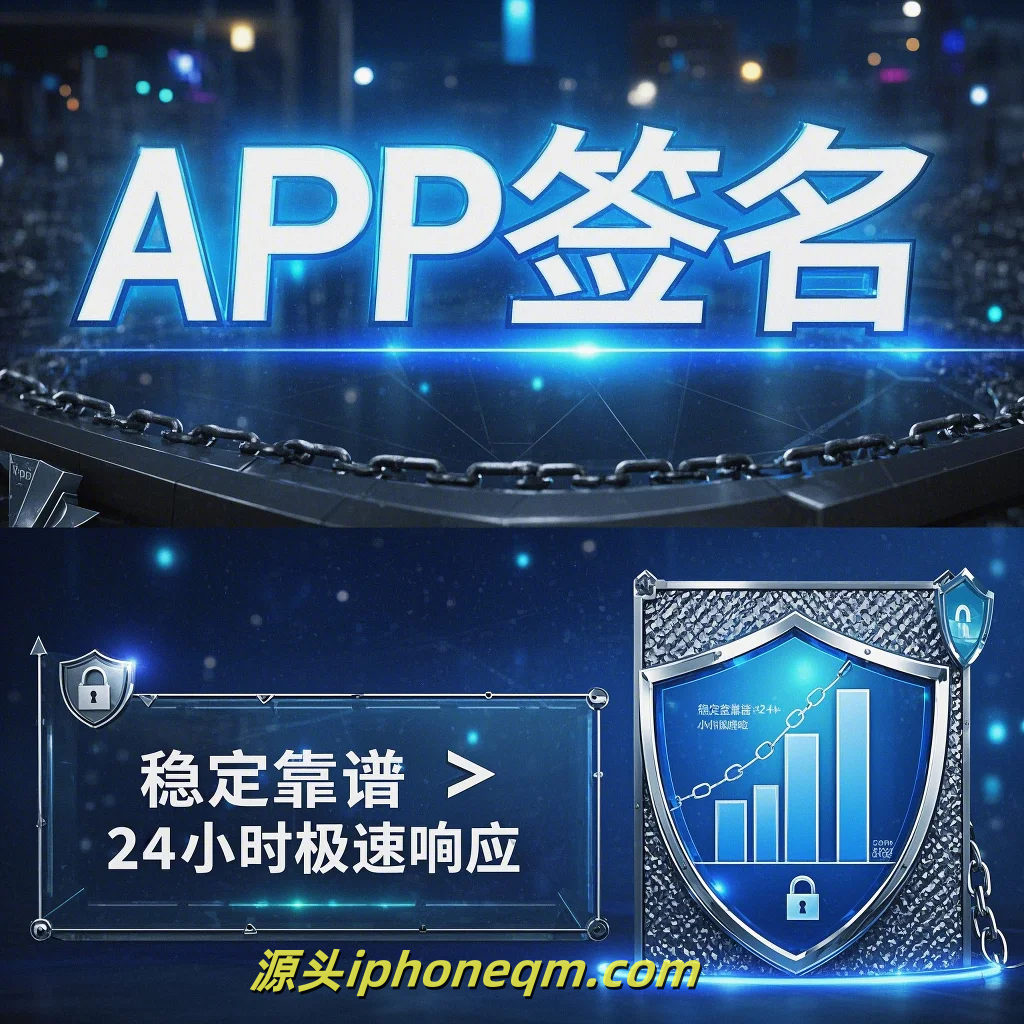An Overview of iOS Signing Certificate Requirements
When developing iOS applications, understanding the signing certificate requirements is crucial for ensuring that your app can be successfully distributed and installed on Apple devices. iOS signing certificates play an essential role in app security and identity verification. This article provides an overview of what you need to know about iOS signing certificates, aiming to clarify the process for developers, especially those working in overseas markets.
First and foremost, Apple requires developers to obtain a valid signing certificate to establish their identity and verify the authenticity of their applications. Without a valid certificate, your app will not be able to run on iOS devices. To begin, developers must enroll in the Apple Developer Program, which provides access to necessary resources, including signing certificates.
Once enrolled, you will need to generate a Certificate Signing Request (CSR). This CSR is a digital document that contains your public key and identifies you as the developer. It is critical to generate the CSR from a Mac computer and use the Keychain Access application. After creating the CSR, you will upload it to the Apple Developer Center. Upon processing, Apple will issue one or more signing certificates, which you can download and install on your development machine.
There are several types of signing certificates available for different purposes. The most common ones include the iOS Development Certificate and the iOS Distribution Certificate. The Development Certificate allows you to test applications on your devices, while the Distribution Certificate is necessary for distributing applications via the App Store or enterprise deployment. Developers must ensure they have the correct certificate based on their specific needs, and managing these certificates accurately is key to a smooth development process.
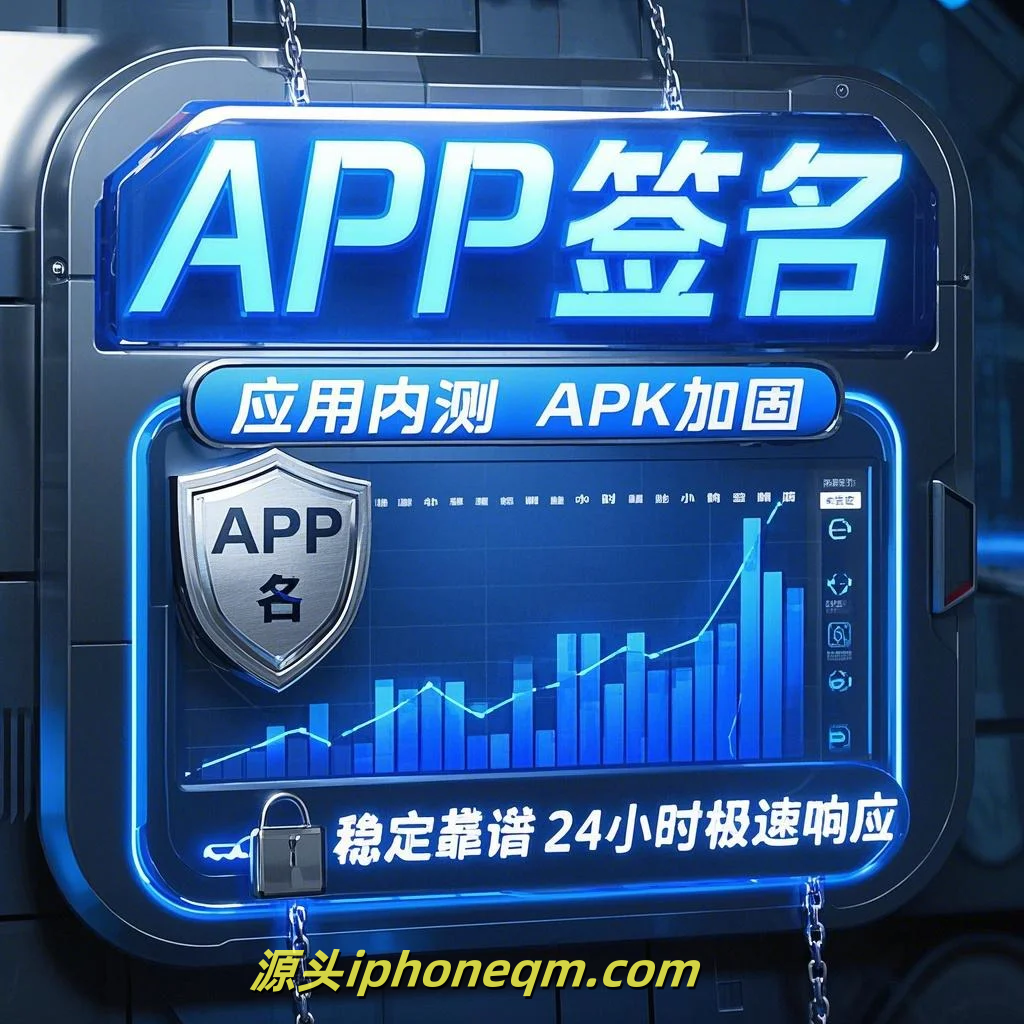
In addition to signing certificates, provisioning profiles are also essential for app distribution and testing. A provisioning profile combines your app ID, your signing certificate, and the devices on which the app can be installed. When setting up a provisioning profile, it's crucial to select the correct type depending on whether you are developing or distributing your app. There are development provisioning profiles for testing on devices and distribution profiles for App Store submission.
As an overseas developer, it's important to be aware of the localized regulations and guidelines regarding app distribution in your target market. Depending on the country, you may need to comply with additional legal requirements, which can affect how you manage your signing certificates and distribution profiles. Always stay updated on local laws and ensure that your app meets regional compliance standards.
Moreover, regular management of your signing certificates is critical. Certificates can expire, and if a certificate is no longer valid, it cannot be used to sign apps. Developers should proactively renew their certificates and update any provisioning profiles associated with them to avoid unnecessary disruptions in the app development and deployment process.
In summary, understanding the iOS signing certificate requirements is vital for successful app development and distribution. By enrolling in the Apple Developer Program, generating the necessary signing certificates and provisioning profiles, and adhering to local regulations, you can ensure your app is secure and compliant. As an overseas developer, staying informed and organized will help you navigate the complexities of the iOS ecosystem, allowing you to focus on creating high-quality applications that reach your intended audience globally.
扫描二维码推送至手机访问。
版权声明:本文由MDM苹果签名,IPA签名,苹果企业签名,苹果超级签,ios企业签名,iphoneqm.com发布,如需转载请注明出处。

